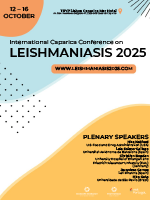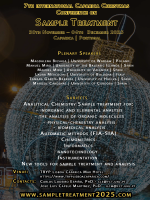Global proteomic profiling of the membrane compartment of bovine testis cell populations
DOI: 10.5584/jiomics.v3i2.136
Abstract
Spermatogonial stem cells hold enormous potential in mammalian reproductive medicine through the preservation of gametes, the restoration of fertility, enhancement of germ-lineage genetic manipulation and the improvement in our understanding of stem cell biology. Here we describe the protein profiles of the membrane compartment of bovine testicular cell isolates which were enriched for germ cells using differential plating. The isolated cells were characterised with antibodies to UCHL1 (previously known as PGP9.5) for type A spermatogonia; DDX4 (previously known as VASA) for germ cells and vimentin for Sertoli cells. Ultracentrifugation techniques were used to specifically isolate cell membranes, with membrane protein identifications significantly increased when compared to whole cell lysates. We utilised the filter-aided sample preparation protocol for improved digestion efficiency of membrane proteins. Using ESI-LC-MS/MS, we compared the proteins present in two cell populations. A total of 1,387 proteins were identified in bovine testis cell isolates, of which 39% were membrane-associated. A total of 64 proteins were differentially expressed in the non-adhered fraction (enriched for undifferentiated germ cells), of which 16 were unique to this cell population and the remaining 48 showed a two-fold change as judged by spectral counting. This analysis revealed a number of candidate germ cell markers including the known markers, DDX4 and UCHL1. The proteomic profiles generated in this study support and complement transcriptomics studies and reinforce the potential of proteomics in identifying and characterising the protein effectors of self-renewal and/or differentiation in stem cells.









